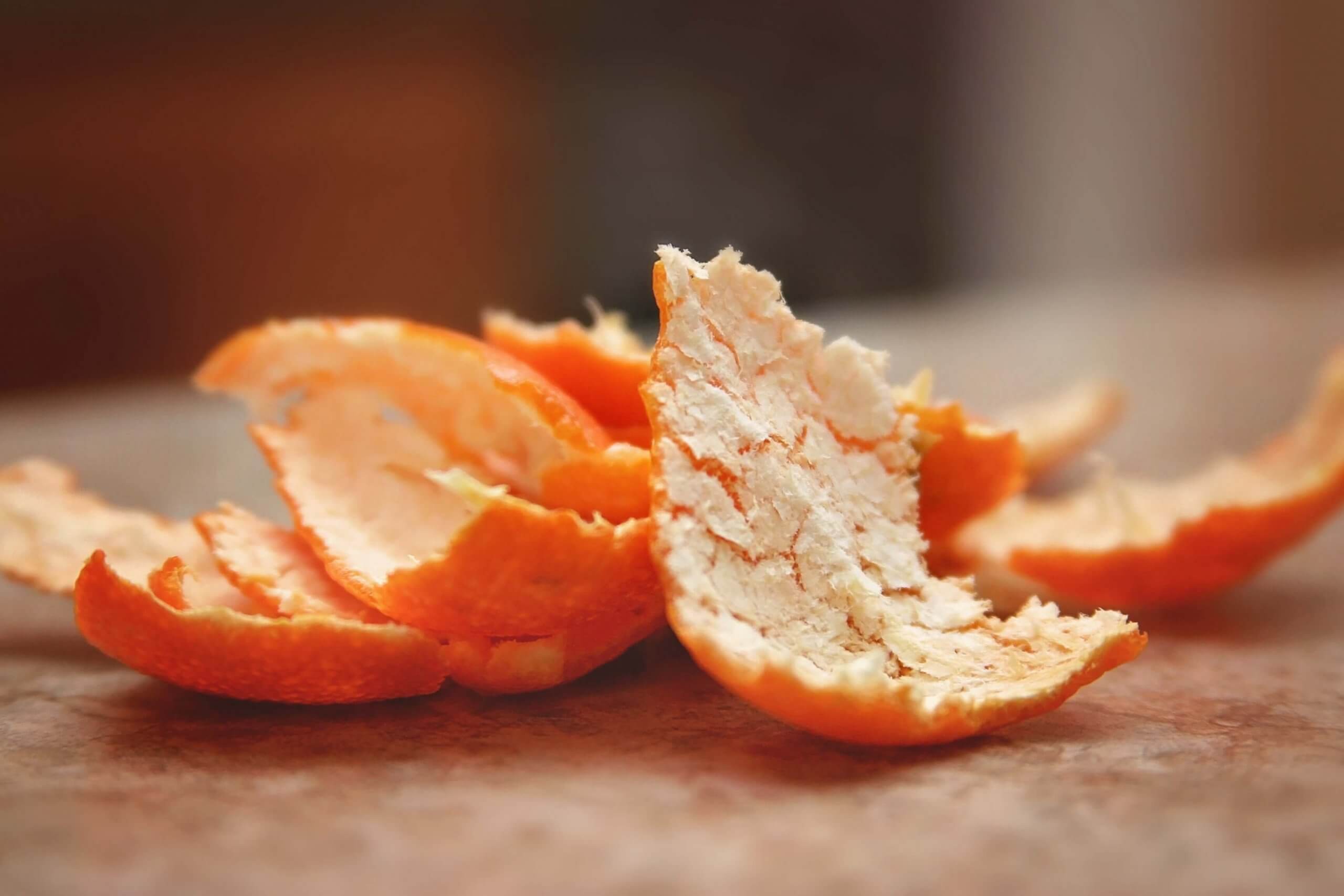Last month we talked about Myrcene as our Terp-In-Profile for the month of January. This month, let’s dig into the terpene Limonene and see what we can learn!
Just like Myrcene has two isomers (α- and β-) so also does Limonene: D- and L-. D-Limonene is the one you are likely most familiar with – it is the smell you get when you peel an orange, and is used in many commercial applications from fragrances to cleaning products. L-Limonene is not as common, and has a more pine-like, turpentine odor. This terpene has been billed as having a range of health benefits when taken as a dietary supplement, everything from weight loss to curing cancer – but the jury is still out on these claims. While it can cause a rash if you apply it directly to your skin, it is regarded as harmless to humans. It is sometimes used as an ingredient in topical applications to penetrate the skin.
While there is no real data (yet) to support Limonene’s benefits as a dietary supplement, the limonene found in cannabis has been shown to elevate mood and reduce stress. That’s why we see limonene featuring heavily in the terpene profile of strains characterized as sativa-like. This begs the question: is it the strain or the terpene that causes the effect? But that’s a story for another day!
There’s a cool science experiment you can do with an orange peel – blow up a water balloon, take some orange peel, and squeeze some of the oil out of the peel and onto the balloon. What happens? Does the same thing happen with a regular party balloon? Why or why not? Answers in the comments please – and no peeking at the references!
References:
Wikipedia / Leafly / ChemEd Exchange

